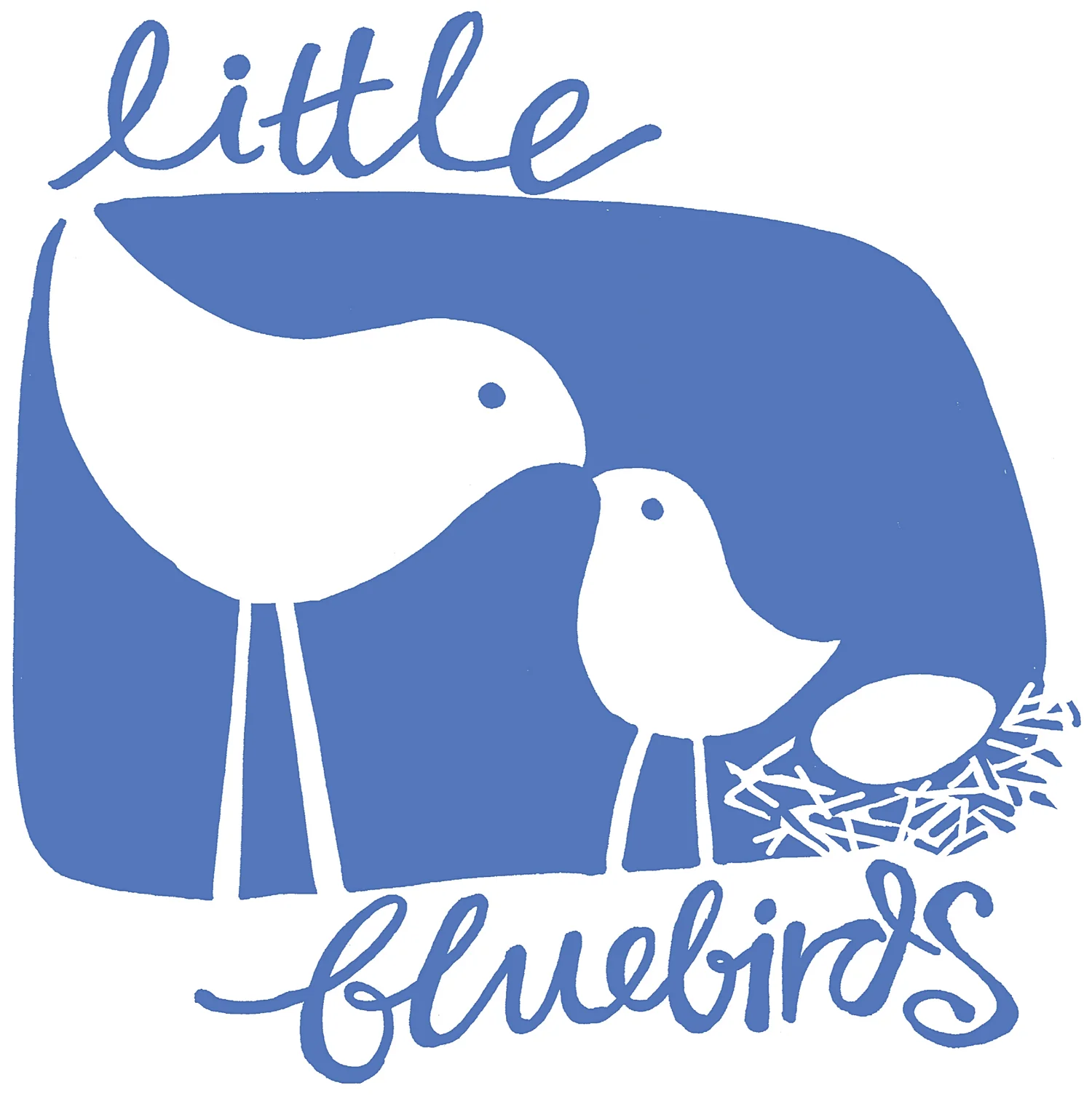Fluffy fun in a can
Even as it oozes from the can, shaving cream awakens a child’s senses. With an intriguing “wshhhh” sound it forms beautiful white pillows that smell soapy and sweet. It’s soft to touch, fun to mould and shape, and can be smeared, swirled and even drawn with. That’s why shaving cream is a favourite sensory play material.
Have you tried shaving cream play with your children at home?
Like many sensory materials shaving cream can seem messy. Bah… don’t be deterred by the thought of mess! Change your mindset from messy to magic - shaving cream is actually pretty much just fluffy soap squished into a can. It’s certainly not dirty - in fact it leaves things very clean. Many teachers use the old trick of offering it to students to play with on their tables at the end of term, knowing that as they play children will be cleaning any texta and pencil marks from their table tops at the same time. Smart, huh?!
As with soap, shaving cream can irritate the eyes, and it’s definitely not to be eaten - so keep a face washer or towel handy to wipe excess off your child’s hands as needed. It washes out of fabrics, so clean up is very straightforward.
When playtime is done it’s easiest to scrape leftover shaving cream up with the edge of a plastic card (a library card is perfect) or spatula and wash it down the sink. Then wipe away any residue with a wet cloth.
You will find lots of ways to have fun with shaving cream, and even more ideas on the internet. Here are just a few:
drop a dollop straight onto a table top and let children explore it with hands and fingers
offer it in a low bowl or baking tray
squirt some onto a mirror, window or clear shower screen
add some to playdough to change its texture
hide a few small toys underneath.
sprinkle shaving cream with salt or sand
mix in some powder paint
add a few drops of paint or food dye
squeeze some into a ziplock bag and seal
One of my favourite special activities is marbling with shaving cream. Marbling is actually an ancient process of floating drops of paint onto a surface, swirling them into patterns, then printing them onto paper or fabric. Traditionally the paints float on a layer of water thickened with algae or seaweed, but you can easily replicate marbling at home using simply shaving cream and food dyes. It’s a lovely activity to do with pre-schoolers and school-aged children. Here’s how its done:
Shaving cream marbling
A paper plate
Shaving cream
Food dyes (best in squeezy dropper bottles)
A skewer or stick
A plastic card (such as a library card)
Pieces of paper (note that I used paper circles in my photos, but A4 copy paper cut in half is fine)
Squirt a dollop of shaving cream onto the paper plate, then use the edge of the plastic card to smooth and flatten the top
Add some drops of food colouring to the flattened top of the shaving cream
Use skewer to swirl the drops until they look like interesting patterns (aim to swirl, not stir)
Lay a piece of paper onto the surface
Pat paper lightly and then leave it on the surface for a few seconds until you can see hints of the dyes showing through the back of the paper. That will indicate the paper is soaking up the dyes.
Peel the paper up - it will be covered in a layer of shaving cream. Scrape that off with the edge of the plastic card to reveal the lovely pattern stained onto the paper. Allow paper to dry, and print another piece from the plate. You should get two or three prints from each surface before you need to freshen up the dye drops.
Use your lovely marbled papers on cards or in collages.
These small squirt bottles of food dye were ideal for this activity.
Move the dots of colour around with your skewer until they swirl into each other.
Float your paper onto the surface. Can you see the dyes soaking into it ?
Carefully lift off the paper, then scrape the excess shaving cream off with the plastic card.
You are left with a unique marbled print.
No two are the same. Experiment and have fun!












